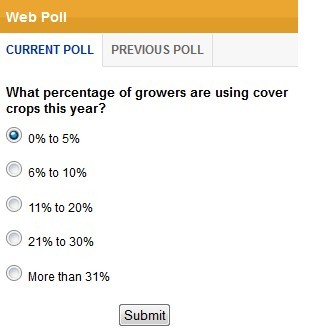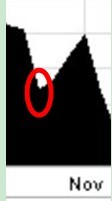Soybean price will go down
I predict soybeans will fall again on reports that China canceled previous purchases as improved planting progress in South America boosted potential for record crops.
China, the world’s biggest soybean consumer, canceled 10 cargoes totaling 600,000 metric tons, Commerzbank AG said today in an e-mailed report, citing the country’s National Grain and Oils Information Center. Rain followed by dry, warm weather will aid planting and early crop development the next two weeks in parts of Brazil as dry weather eases flooding in Argentina for sowing, World Weather Inc. said in a report.
” ‘Reports of China canceling soybean imports put the market on the defensive,’Chad Henderson, the president of Prime Agricultural Commodities Inc. in Brookfield, Wisconsin, said in a telephone interview. ‘Right now, there are fewer worries about the potential for record crops in South America.’ ”
Soybean futures for January delivery dropped 1.3 percent to close at $13.8325 a bushel at 2 p.m. on the Chicago Board of Trade, after touching $13.7225, the lowest since June 22. And after a slight rise last week, next week the price will continue to fall.









